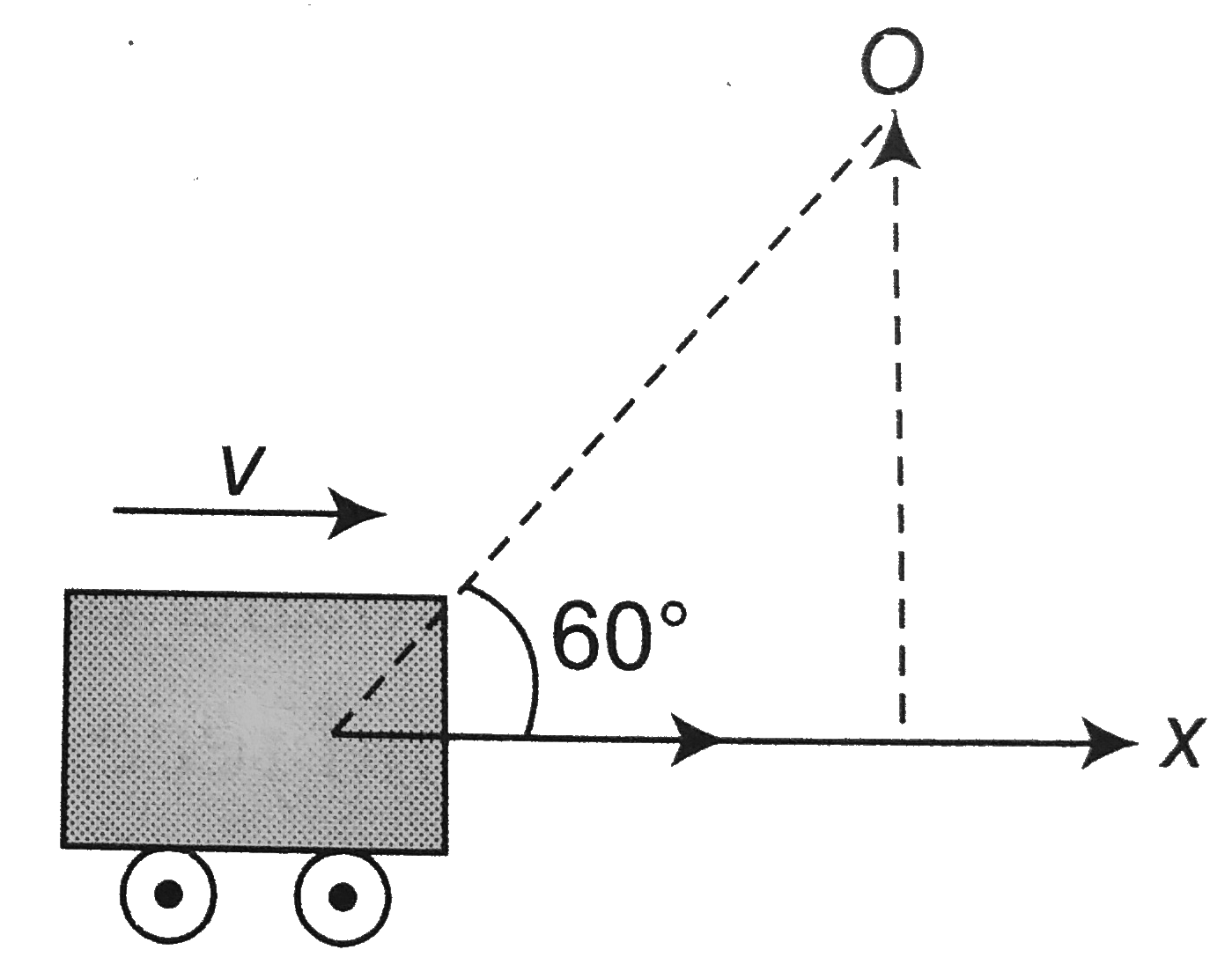A train moving at 40 m/s, passes by a stationary observer, emitting a whistle of frequency 300 Hz. If the velocity of sound wave is 340 m/s, then the change in the apparent frequency of the sound, just before and after the train passes by the observer will be nearly
32 Hz
72 Hz
40 Hz
8 Hz
The correct Answer is:B
Topper's Solved these Questions
Similar Questions
A train is moving with a uniform speed of 33 m/s and an observer is aproaching the train with the same speed.If the train blows a whistle of frequency 1000 Hz and the velocity of sound is 333 m/s then the apparent of sound is 333m/s then the apparent frequency of the sound the observer hears is
View SolutionWhen an engine passes near to a stationary observer then its apparent frequencies occurs in the ratio 5/3. if the velocity of sound is 340 m/s then speed of engine is
View Solution
Knowledge Check
An automobile moving at 30 m/s is approaching a factory whistle that has a frequency of 500 Hz. If the speed of the sound in air is 340 m/s, then the apparent frequency of the whistle as heard by the driver is
A456 HzB544 HzC500 HzD597 HzA source is moving towards a stationary observer, so that the apparent frequency increases by 50%. If velocity of sound is 330 m/s, then velocity of source is
A180 m/sB220 m/sC110 m/sD150 m/sA train is moving with a uniform speed of 33 m/s and an observer is approaching the train with the same speed. If the train blows a whistle of frequency 1000 Hz and the velocity of sound is 333 m/s, then the apparent frequency of the sound that the observer hears is
A1220 HzB1099 HzC1110 HzD1200 Hz
If an observer is moving with uniform velocity v to wards a stationary source of frequency n, and if the velocity of sound in the medium is V, then the apparent change in the frequency of the sound, heard by the observer, is -
View SolutionA source of sound is travelling with a velocity 40 km / hour towards observer and emits sound of frequency 2000 Hz . If velocity of sound is 1220 km / hour , then what is the apparent frequency heard by an observer
View Solution
A car is moving along X-axis with a velocity v=20m/s. It sounds a whistle of frequency 660 Hz. If the speed of sound is 340m/s. The apparent frequency heard by the observer O (shown in figure) is:
View SolutionAn observer moves towards a stationary source of sound. The percentage change in the apparent frequency is
View Solutiona bus is moving towards and stationary observer with speed 20 m/s blows a horn of frequency 200 Hz. the frequency of sound heard by the observer is approximately ( take speed of sound 320 m/s)
View Solution

